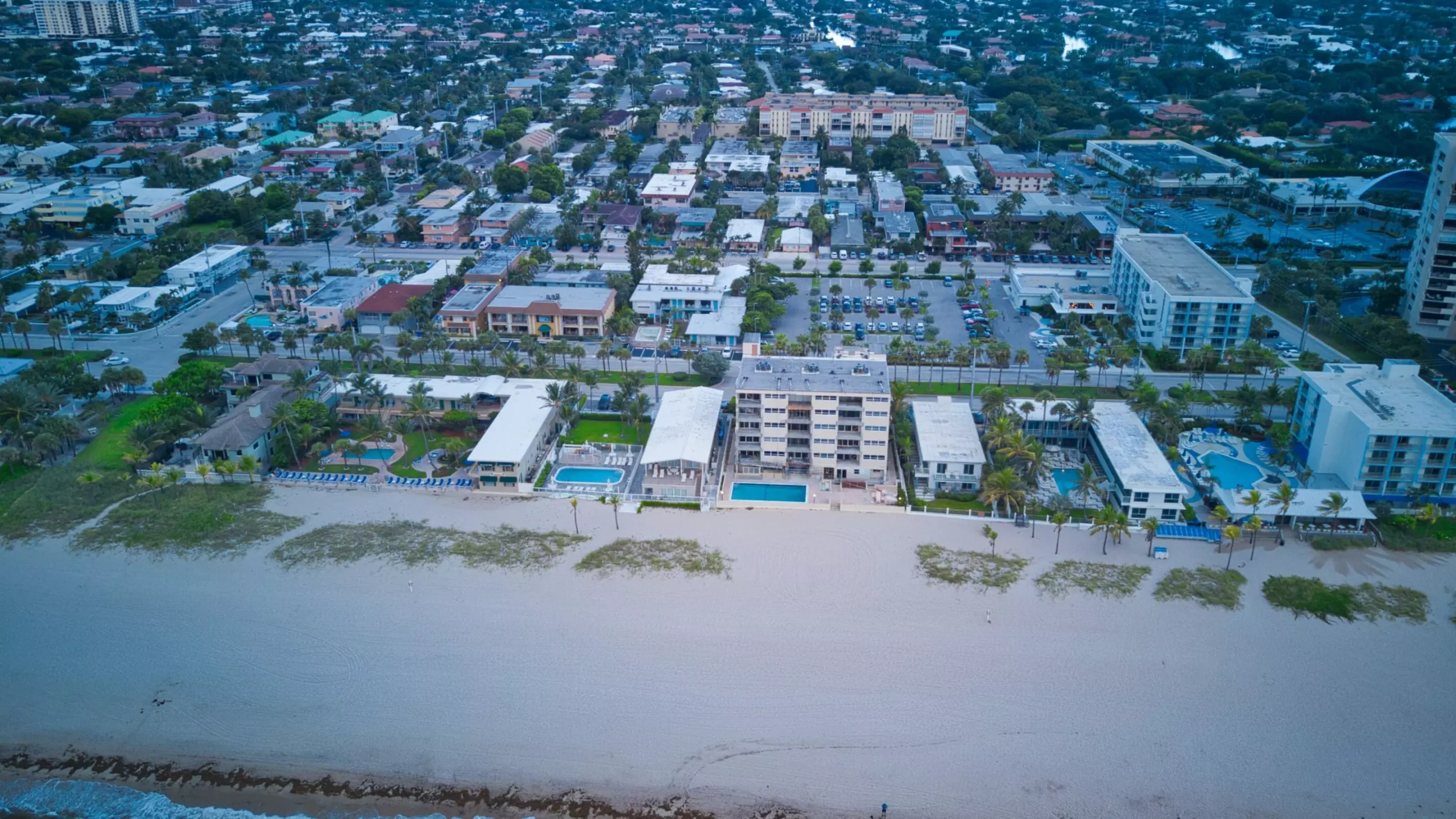The ongoing climate crisis has painted a daunting picture for our planet, and the evidence is all around us—from catastrophic wildfires to increasingly severe storms and devastating floods. A recent study led by researchers at Dartmouth College has sparked a critical reevaluation of one of the most alarming predictions regarding sea-level rise, particularly the collapse of polar ice sheets in Antarctica. They indicate that while significant ice loss is undeniable, the catastrophic projections regarding potential ocean rise may be overstated.
This Dartmouth-led research emerges against the backdrop of the Intergovernmental Panel on Climate Change (IPCC) sixth assessment report released in 2022, which suggested a scenario where Antarctic ice sheet collapse could elevate global sea levels by 50 feet by the year 2300. This projection is not only severe; it implies an endangerment of major coastal areas, including much of Florida. Importantly, this prediction is categorized as “low likelihood,” leading scientists to debate the reliability and implications of such forecasts on climate policy and community planning.
At the heart of the IPCC’s alarming projection lies a relatively novel hypothesis referred to as the Marine Ice Cliff Instability (MICI). This concept intricately ties into the structural failure of ice cliffs formed where ice sheets meet the ocean. It indicates that once an ice shelf—the floating ledge of ice—collapses, it may lead to a domino effect where taller ice cliffs fall under their own weight, ultimately resulting in rapid retreat and significant sea-level rise.
However, critics assert that MICI is rooted in speculative modeling that lacks direct observational support. The Dartmouth study sought to rigorously test this hypothesis using high-resolution models, which more accurately simulate the complex dynamics of ice movement. Their findings suggest that the imminent collapse of crucial ice formations, such as the Thwaites Glacier (dubbed the “Doomsday Glacier” due to its vulnerable state), may not unfold in the catastrophic manner previously suggested.
The Dartmouth team, led by Earth sciences professor Mathieu Morlighem, analyzed the retreat of Thwaites Glacier over a century and a shorter simulated period following a hypothesized sudden collapse of its ice shelf. The findings revealed that while the glacier is retreating, the rate of collapse is far less severe than predicted by MICI. Instead of experiencing catastrophic failure, the researchers found that Thwaites Glacier is unlikely to retreat at the accelerated pace projected by MICI.
Their models demonstrated that the glacier’s movement is more stabilizing than once believed. As the glacier shifts toward the ocean, its leading edge thins, reducing the height of ice cliffs—effectively lowering their risk of collapse. This crucial distinction emphasizes significant limitations in the extreme projections that policymakers currently consider.
The implications of such research are critical. Policymakers utilize modeling data to make decisions about infrastructure investments such as sea walls, relocation of communities, and long-term urban planning strategies. Misleading projections can lead to hasty and potentially damaging decisions that misallocate resources and fail to protect vulnerable communities adequately.
While the new findings do not downplay the reality of ongoing ice melt or sea-level rise, they highlight the importance of relying on methodologies accurately reflecting the physical processes at play in our polar regions. It argues for a more cautious approach to high-end projections, ensuring that they are based on robust scientific data before being used for planning.
It’s important to note that the study’s critique of MICI does not ignore the established risks associated with other mechanisms such as the Marine Ice Sheet Instability (MISI). This model, showing how glaciers can retreat unstably when lacking ice shelf support, still poses genuine concerns for future sea-level rise. Such established threats indicate that, while urgency remains, existing projections carry a nuanced understanding of glacial dynamics rather than a singular focus on potential catastrophes.
As the scientific community continues to explore complex ice sheet behaviors, it becomes paramount to grasp the full spectrum of climate impacts. Unraveling the intricacies of how polar ice sheets respond to warming does not only inform us about potential sea-level rise but also shapes our understanding of broader climate systems and their interactions.
The Dartmouth-led study serves as a necessary reminder that while urgency in addressing climate change is crucial, it is equally critical to confront potential exaggerations in models predicting polar ice loss. By focusing on more refined methodologies in climate projections, we can ensure more reliable data drives policy decisions that will shape the future of coastal communities worldwide. As we confront the complexities of our climate crisis, comprehensive research that combines accurate modeling with realistic projections remains imperative for informed decision-making and effective planning.


Leave a Reply